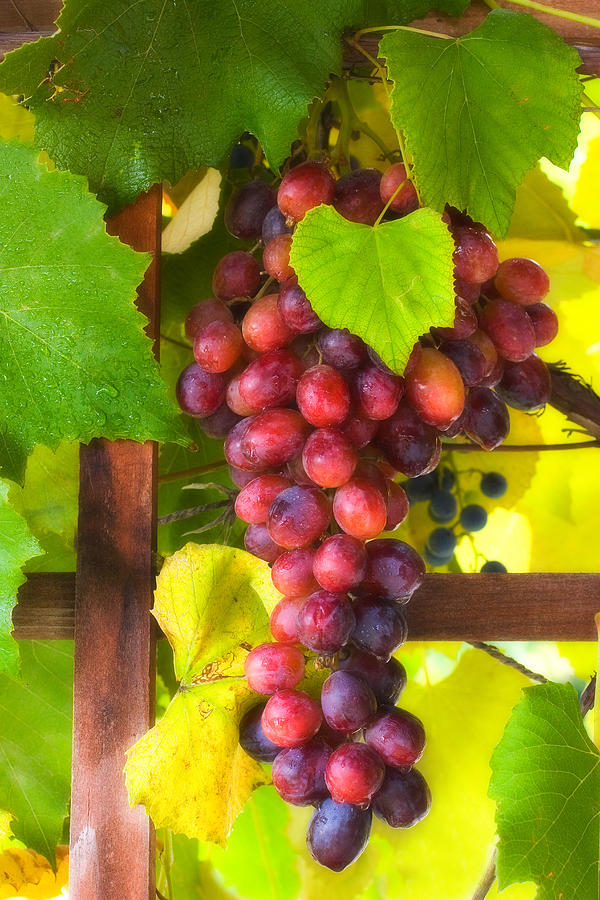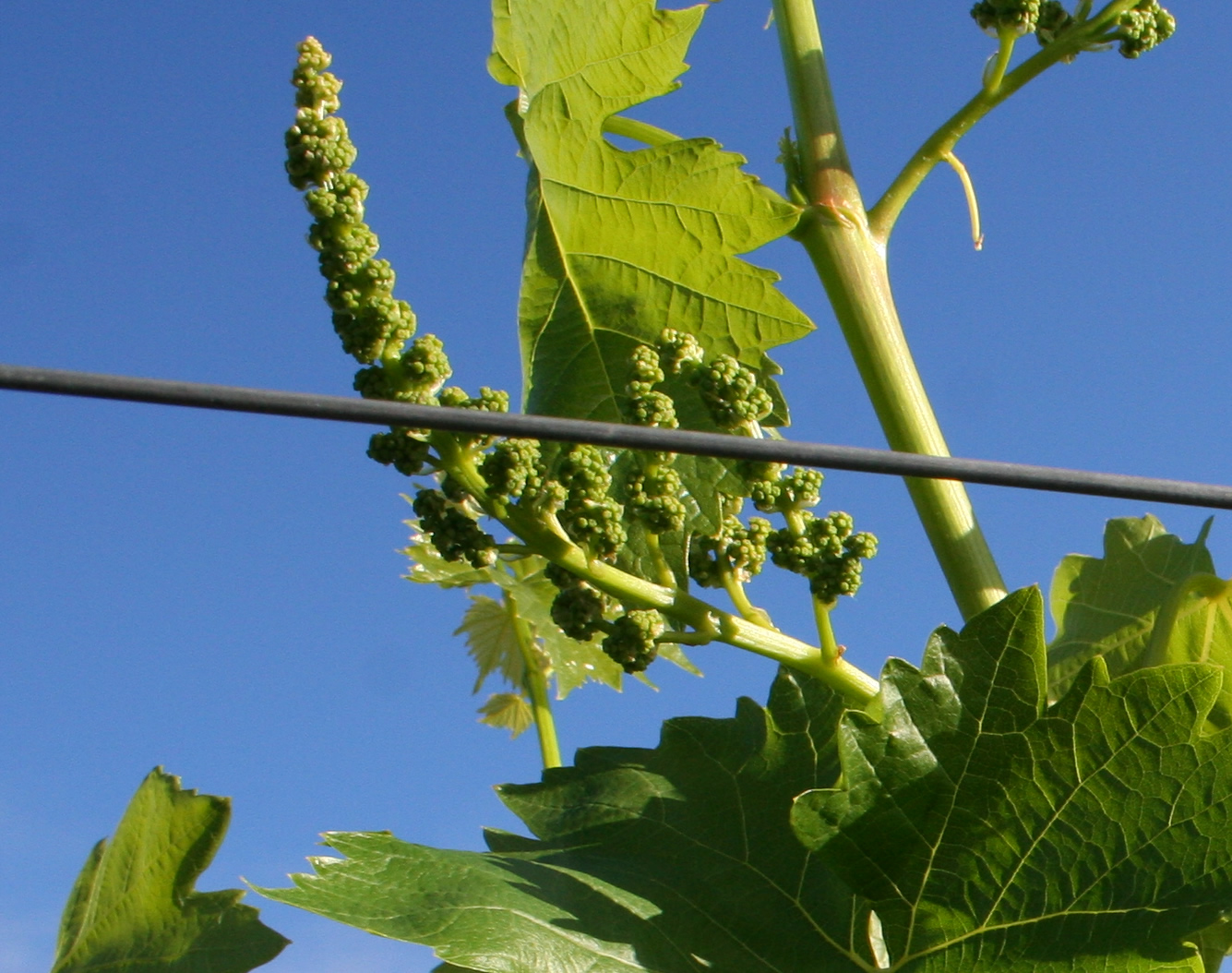

Stems may become twisted and distorted when shoots are infected early in their development (Figure 2). Girdling often occurs when spots merge and death of stems may result. These spots gradually elongate and develop grey centres. Small, brown-black spots with slightly sunken centres and raised edges are first signs of disease on shoot stems. These margins gradually darken and as the leaf spots merge, the centres tear away, giving leaves a tattered appearance (Figure 1). These spots quickly grow into circular grey-black patches with red-brown margins.

Small, brown-black spots, 1 to 3mm in diameter are the first signs of leaf infection. Black spot is very persistent once established, so vineyards with a history of the problem should be treated regularly each year to prevent a build-up of disease.

Nevertheless, serious crop losses in the past are a grim reminder that growers should look out for the disease and maintain control in seasons with wet springs. The incidence of the disease has been substantially reduced. Fortunately, many wine grape varieties are relatively resistant.īefore the introduction of suitable fungicides black spot was a major problem in many commercial vineyards. The variety sultana and some table grape varieties are highly susceptible to attack. It has been recorded in all grape-growing districts in Victoria. Black spot, or anthracnose, caused by the fungus Elsinoe ampelina, is a serious disease of grapevines.


 0 kommentar(er)
0 kommentar(er)
